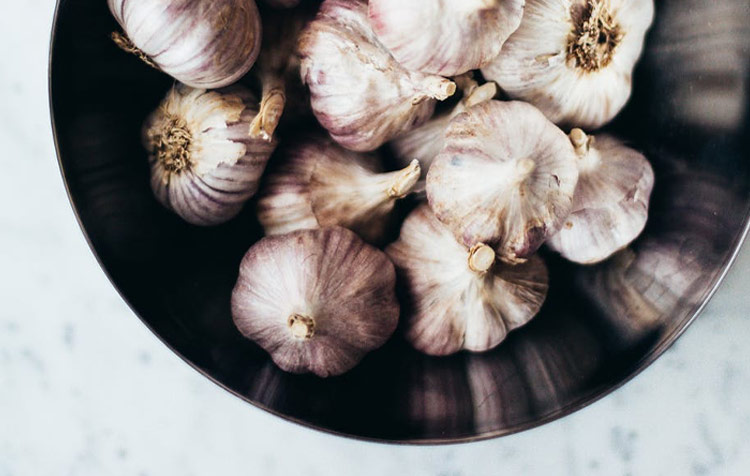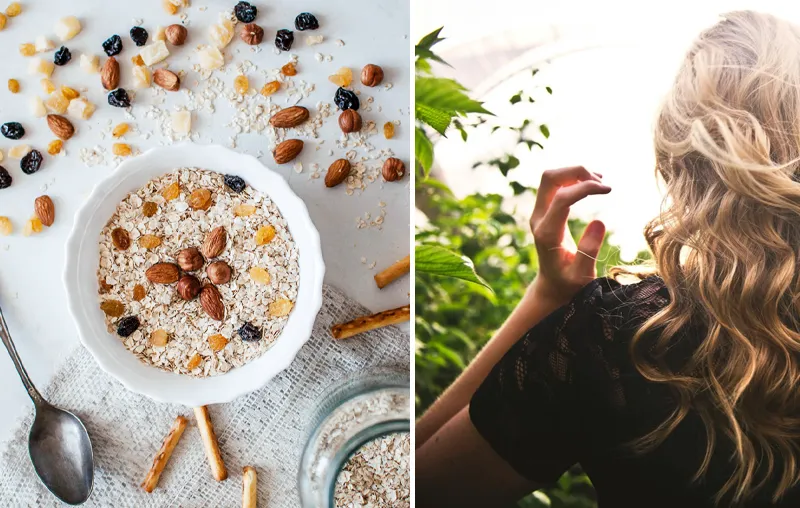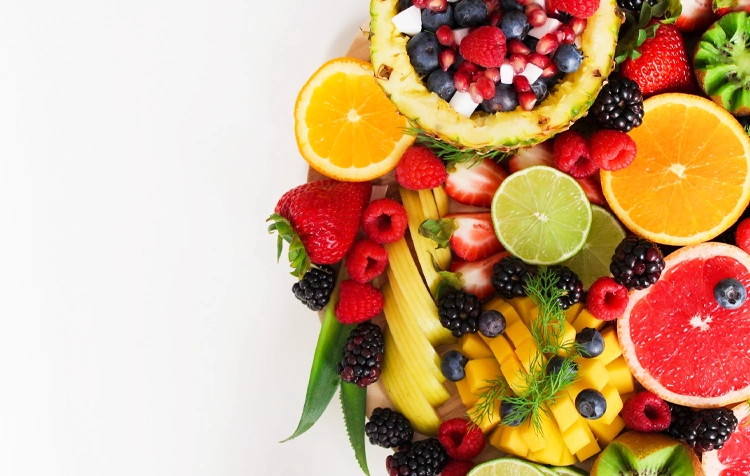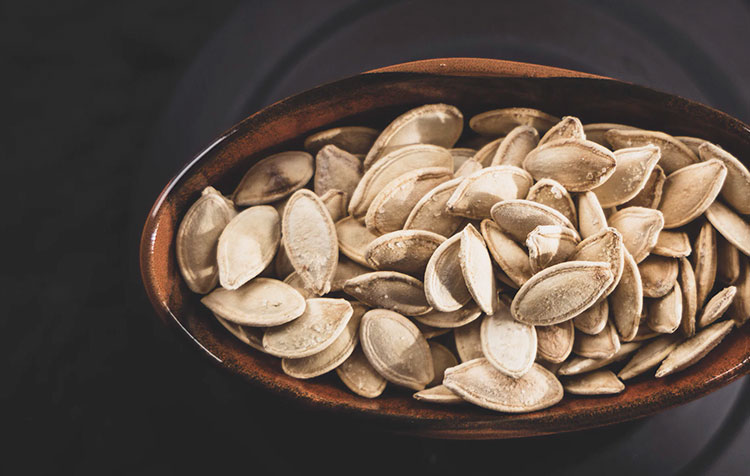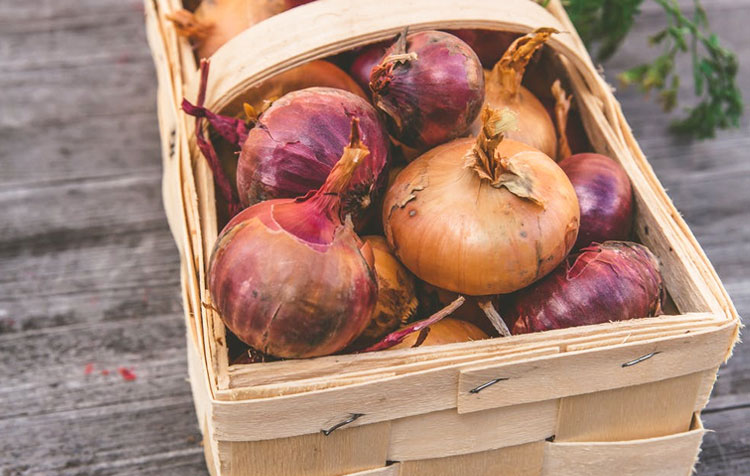You want to know everything there is to know about molybdenum? Then you've come to the right place! In this article, you will first get to know the basics with a short profile. We then move on to intake, daily requirements, physiological role, risks of overdose or deficiency, especially molybdenum-rich foods, and important information for vegans and vegetarians. Finally, you'll also find recommendations on supplements and answers to common questions about the micronutrient molybdenum.
Here is a brief overview for you in advance:
Notice: This article is not a substitute for medical advice, but merely provides general information about molybdenum. Please consult your doctor if you feel unwell or want to prevent health problems with medical care.
Molybdenum profile
Assignment: Essential trace element, element category transition metals
Important for: Enzymatic catalysis, energy production from fat, protein synthesis, detoxification, uric acid degradation and more.
Daily requirement: 45-100 µg/day from the age of 19.1,2,3,4
Recording: by ingestion
Overdose: Maximum intake is between 500-2,000 µg/day3,5,6
Deficiency symptoms: largely unexplored3
Food: Buckwheat, soybeans, red cabbage, cocoa powder, green peas
Nutritional supplement: redundant
How does the body absorb molybdenum?
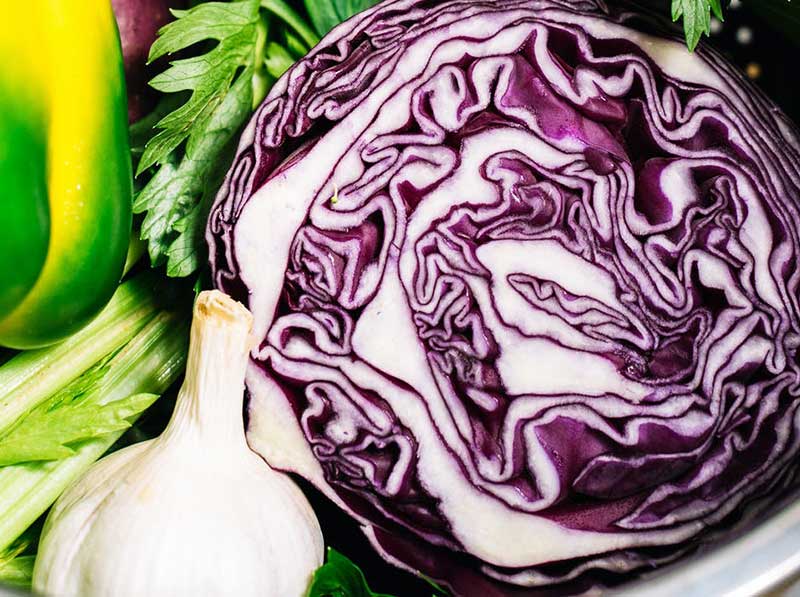
The vital trace element is widespread in nature and is found in many animal and plant foods. After consumption, it is absorbed in the Small intestine absorbed and a large proportion enters the metabolism via the blood. As a result, the average absorption is between 40 and 100 percent.3 Our body then stores about 8 to 10 mg of molybdenum, which is mainly found in the skeleton.
How much molybdenum should you consume?
The range of recommendations from different nutrition societies is between 45 and 100 µg of molybdenum per day. From the German Society for Nutrition (DGE) a very broad and somewhat imprecise recommendation is made, namely 50 to 100 µg per day.1 In contrast, the European Food Safety Authority (EFSA) - much more accurate - to 65 µg of molybdenum daily.2
Somewhat smaller quantities are produced by the National Institutes of Health (NIH) and the Food and Nutrition Board (FNB) issued. Both estimate a daily intake of 45 µg of molybdenum as recommended. The cooperating companies NIH and FNB also have a higher recommendation for the daily requirement of Pregnant and breastfeeding women output. An intake of 50 µg is recommended.3,4 DGE and EFSA however, do not propose any increase.1,2
For Children and teenagers other values apply, as they are still growing and have a much lower body weight. The following table lists the corresponding reference values of the DGE on:
| Children and teenagers | Recommended intake in µg |
| 1 to under 4 years | 25-50 |
| 4 to under 7 years | 30-75 |
| 7 to under 10 years | 40-80 |
| from 10 years and older | 50-100 |
What does the body need molybdenum for?
The essential mineral influences many different processes in the body. Among them, for example, the enzymatic catalysisthe chemical conversion of substances with the help of enzymes. The nutrient is used for this purpose as a co-factor of various enzymes. Here, the trace element serves, among other things, for the Energy production from Fat, as well as to the Protein synthesis. The enzyme xanthine oxidase, which is based among other things on molybdenum, is involved in the transport and the Storage of Iron is involved. Furthermore, it helps in the breakdown of uric acid, the Detoxification and Deacidification.
Furthermore, molybdenum is associated with the Dental health because it is supposed to inhibit the formation of bacteria and thus prevent caries. The effect of the trace element is also being investigated in cancer research and initial studies have already shown a life-prolonging effect in colorectal, esophageal and breast cancer. This finding would underline that, contrary to conventional wisdom, cancer is indeed a Disease influenced by nutrition is.7
The role of molybdenum summarized:
- Helps as a co-factor in the enzyme system
- Influences thereby fat and protein metabolism
- Contributes to transport, as well as storage of iron
- Degrades uric acid
- Promotes detoxification and deacidification
- Possibly has an anticarcinogenic effect
- Apparently promotes dental health
Are there any poisonings due to overdoses ?
In itself, molybdenum has a Very low toxicity which means that the risk of overdose is very low. Excesses in healthy people are absorbed via the Kidneys metabolized and then excreted. EFSA has set a maximum intake of 500 µg per day based on a study with rats, but it is questionable how exactly the study with rats can be transferred to humans.5
This recommendation is also followed by the Federal Office for Risk Assessment and also recommends a maximum intake of 80 µg of molybdenum per day through dietary supplements. The NIH on the other hand, has set a much higher maximum daily intake of 2,000 µg.3
The use of extremely high-dose dietary supplements containing 10,000 µg of molybdenum may result in the absorption of Selenium, Copper, Iron and Zinc is inhibited.
How likely is a molybdenum deficiency?
Similar to the risk of overdose, the risk of deficiency is also low. In countries with an adequate food supply, a deficiency is even practically excluded, as the nutrient is found in many plant and animal foods.
Only people who suffer from a genetic defect that inhibits the synthesis of molybdopterin are particularly susceptible to a deficiency. Then typical Symptomssuch as abdominal cramps, nausea or diarrhea.
Good to know: A particularly high demand for molybdenum Incidentally, people who suffer from disturbed intestinal flora or inflammatory bowel diseases such as Crohn's disease or ulcerative colitis.3,8
What are the best sources of molybdenum among foods?
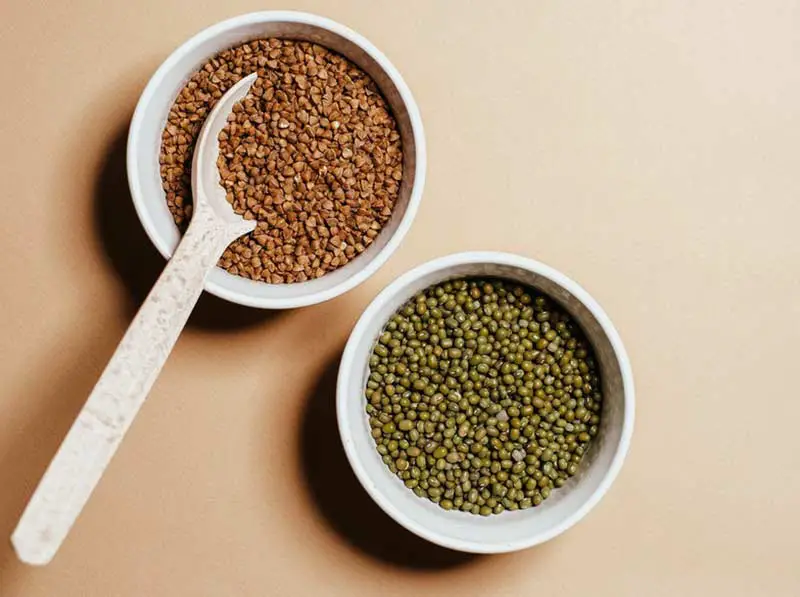
Molybdenum is a nutrient that is found in abundance in most foods. However, the decisive factor for the molybdenum content in foods is the area where it is grown. If the soil is healthy and contains molybdenum, the foods grown on it also contain large amounts of the trace element. In principle, especially Legumes and cereal products very good sources of molybdenum. The following list contains these and others, especially foods rich in molybdenum:
- Buckwheat (485 µg per 100 gram)
- Soybeans (210 µg per 100 gram)
- Red cabbage (127 µg per 100 gram)
- Cocoa powder (73 µg per 100 gram)
- Garlic (70 µg per 100 gram)
- Oats (70 µg per 100 gram)
- Green peas (70 µg per 100 gram)
Tip: Since buckwheat is a particularly good source of molybdenum, you may find the recipes for vegan buckwheat muesli or warm buckwheat breakfast porridge, as well as our Instructions for sprouting buckwheat interesting.
Well supplied with molybdenum - even with a plant-based diet
With the variety of plant sources of molybdenum, the supply of the vital trace element is easily secured. Consequently, the DGE Molybdenum not a critical nutrient in vegan diets classified.9
Are there reasons for molybdenum-containing supplements?
Due to the high occurrence of molybdenum in foods, I do not consider supplementation to be necessary for healthy people as a rule.
Molybdenum FAQ: The most frequently asked questions
What is molybdenum good for?
Molybdenum influences various processes in the body, such as the metabolism of proteins or the breakdown of fat for energy production. It also helps with deacidification and detoxification and is said to inhibit cancer and caries.
Is it possible to overdose on molybdenum?
The risk of molybdenum overdose is excluded in a normal diet. Only when taking extremely high doses of dietary supplements can an oversupply occur, whereby this mainly results in the absorption of other minerals being inhibited.
How much molybdenum a day?
Average recommendations from nutrition and health societies range from 45 to 100 µg of molybdenum per day.
Is molybdenum healthy?
Molybdenum is an essential trace element and therefore definitely healthy. It must be taken in through food and influences various processes in the human body.
Healthy and lively with molybdenum
Since molybdenum, similar to Manganese, which is found in numerous foods, you are on average very well supplied with the essential trace element. A varied, plant-based diet with many legumes and cereal products, such as peas, buckwheat or soybeans, provides you with an optimal supply of the nutrient.
In addition to a balanced diet, you can also improve your health through Intermittent fasting, Forest bathing or Barefoot running promote. It's best to walk barefoot extensively in the forest.
I hope that I could help you with this article. If you have any unanswered questions, please feel free to ask me using the comment function.
All the best,

PS.: Suggestions for a meat-free or lower-meat diet can be found in the contributions to Legumes or Meat substitutes. For more info on nutrients, feel free to check out the posts about Vitamin K, Calcium or Iodine look inside.
References:
1 Deutsche Gesellschaft für Ernährung e. V.: Copper, Manganese, Chromium, Molybdenum, https://www.dge.de/wissenschaft/referenzwerte/kupfer-mangan-chrom-molybdaen/?L=0. [29.01.2022].
2 European Food Safety Authority: Scientific Opinion on Dietary References for molybdenum, https://efsa.onlinelibrary.wiley.com/doi/epdf/10.2903/j.efsa.2013.3333 [Jan. 29, 2022].
3 National Institutes of Health. Office of Dietary Supplements: Molybdenum. Fact Sheet for Health Professionals, https://ods.od.nih.gov/factsheets/molybdenum-HealthProfessional. [29.01.2022].
4 Food and Nutrition Board: Dietary Reference Intakes, https://www.ncbi.nlm.nih.gov/books/NBK545442/table/appJ_tab3/?report=objectonly. [29.01.2022].
5 European Food Safety Authority: Tolerable Upper Intake Levels for Vitamins and Minerals, https://www.efsa.europa.eu/sites/default/files/efsa_rep/blobserver_assets/ndatolerableuil.pdf. [29.01.2022].
6 Federal Office for Risk Assessment: Proposed maximum levels for molybdenum including food supplements, https://www.bfr.bund.de/cm/343/hoechstmengenvorschlaege-fuer-molybdaen-in-lebensmitteln-inklusive-nahrungsergaenzungsmittel.pdf. [29.01.2022].
7 Quintin Pan et al (2002): Copper deficiency induced by tetrathiomolybdate suppresses tumor growth and angiogenesis. Cancer Res, Sep 2002, https://pubmed.ncbi.nlm.nih.gov/12208730 [29 Jan 2022].
8 Zentrum der Gesundheit: Peas: Rich in Protein and Fiber, https://www.zentrum-der-gesundheit.de/ernaehrung/lebensmittel/huelsenfruechte/erbsen. [29.01.2022].
9 Deutsche Gesellschaft für Ernährung e. V.: Supplement to the position of the German Nutrition Society regarding population groups with special nutritional needs, https://www.dge.de/wissenschaft/weitere-publikationen/dge-position/vegane-ernaehrung/?L=0 [Jan. 29, 2022].

